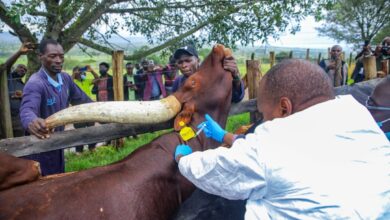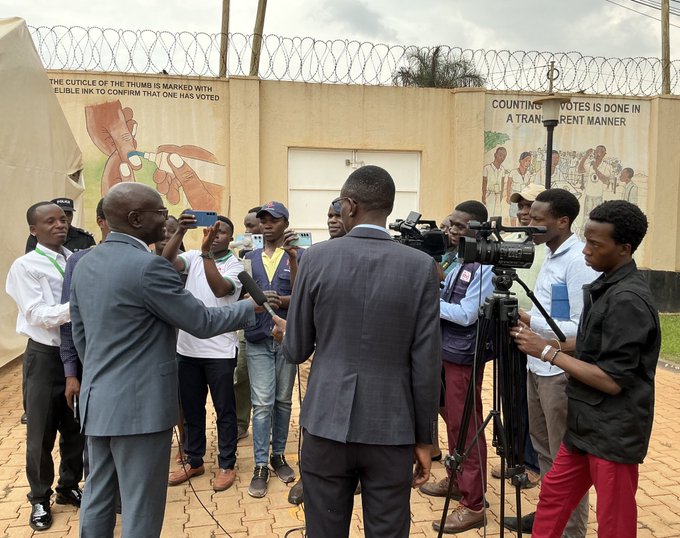OLIVE ATUHAIRE: Community engagement and participation in water projects is crucial

By Olive Atuhaire
On March 13, 2024, the media reported that more than 14,000 villages in Uganda lack access to safe and reliable water which is endangering the community’s health by increasing the risk of waterborne illnesses which is unfortunate.
It is noted that most people in rural areas get their drinking water mainly from surface sources such as ponds, rivers, and lakes and these sources are often watering holes for livestock, downhill from latrines and catchments for mudslide debris that is contaminated which contributes to life-threatening illnesses like water-borne diseases, diarrhea and many others. According to the findings, waterborne illnesses kill more than 3 million people every year.
Clean and reliable water is not only essential for life and health but also fundamental to every child and adult’s growth. According to BioMed Central, 22% of the deaths of Ugandan children under the age of five are due to diarrhea. According to UNICEF, 33% of children die from diarrhea in Uganda due to unsafe drinking water and urban people living in poverty spend as much as 22% of their income on water from water vendors.
The government should work together with the communities and ensure their participation in water projects and invest in water infrastructure projects to extend piped water systems, and boreholes to underserved villages which involves drilling new boreholes, repairing existing ones, and laying pipelines and training local technicians to repair and maintain water pumps and systems as well as establishing funding mechanisms for ongoing maintenance to ensure that all villages in Uganda have access to safe and reliable water to improve on people’s health and enhance their quality of life.
Additionally, the government through the Ministry of Water should implement measures to ensure the quality of drinking water including regular testing and treatment of water sources to remove contaminants by providing communities with access to water purification technologies such as filters or chlorination tablets. Integrate water supply projects with health and education programs to maximize their impacts through incorporating water, sanitation, and hygiene (WASH) education into school curriculums as well as providing access to healthcare services to address water-related diseases.







